Results
-
 £72.00
£72.00Chisholm Trail
Chisholm Trail has a truly American quality, containing hints of music from the mountains, which evoke the rugged terrain and the pioneering spirit that were so important to the growth of this great nation. Carl Strommen is most at home in this style and has great success with it... in fact, this may be his best one yet! It's challenging, but energetic and fun to play. Students will enjoy it and audiences will love to hear it. This is a winner!
Estimated dispatch 12-14 working days
-
 £38.00
£38.00Quintessence
Composer Joseph Compello draws on his many years of experience teaching beginners to give us an exciting new contest-style piece for very young groups. Quintessence consists of simple rhythms and notes, but is also quite musical, with an aggressive, driving feeling. It's a great way introduce two eighth notes that are repeated. Your first year group will sound more advanced than their years.
Estimated dispatch 12-14 working days
-
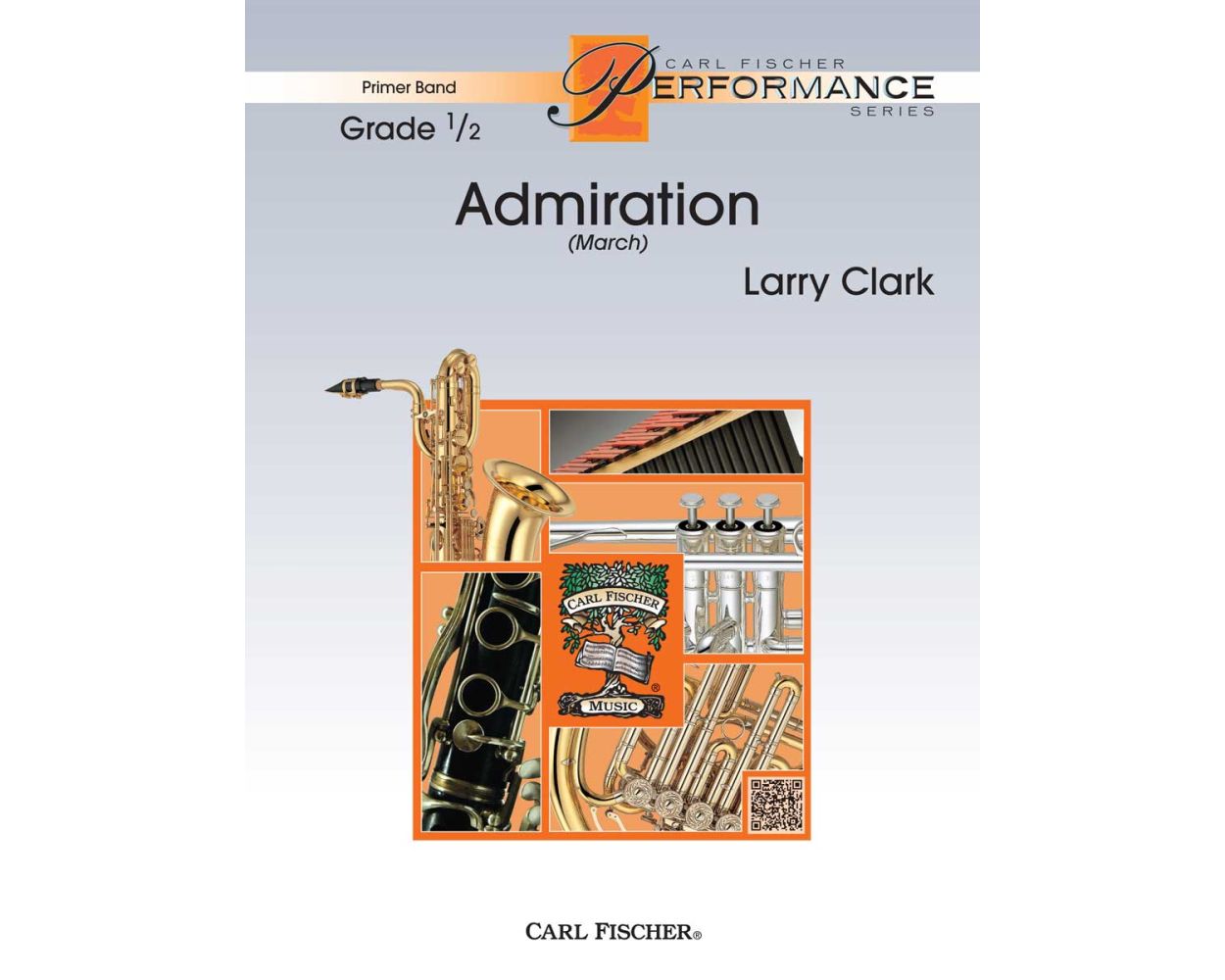 £38.00
£38.00Admiration
After just ten weeks of study, you can get your students to play in the march style, which is essential to the band's heritage. Admiration March has all of the standard trademarks of an American style march -- but with very limited notes and rhythms. Totally tuneful and fun to play!
Estimated dispatch 12-14 working days
-
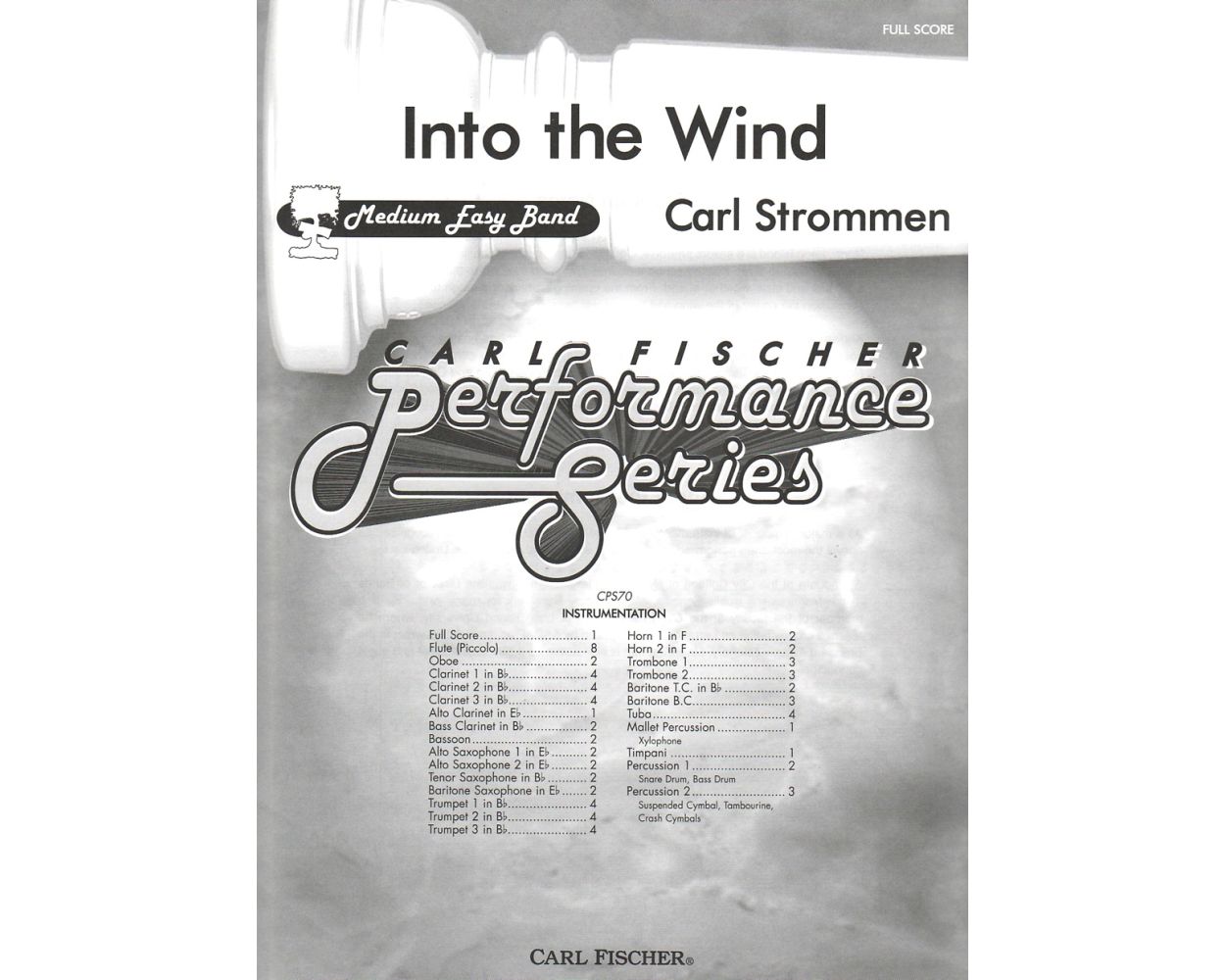 £57.00
£57.00Into the Wind
After a bracing and invigorating opening, Carl Strommen's tribute to the nautical culture of his home turf, Long Island, is off and flying. Wind whistles through the sails and the feel of the sea is ever-present in this tuneful and brilliantly scored selection from a master writer of music for band. This is a great way for a polished junior or senior high school band to show off its musical mettle.
Estimated dispatch 12-14 working days
-
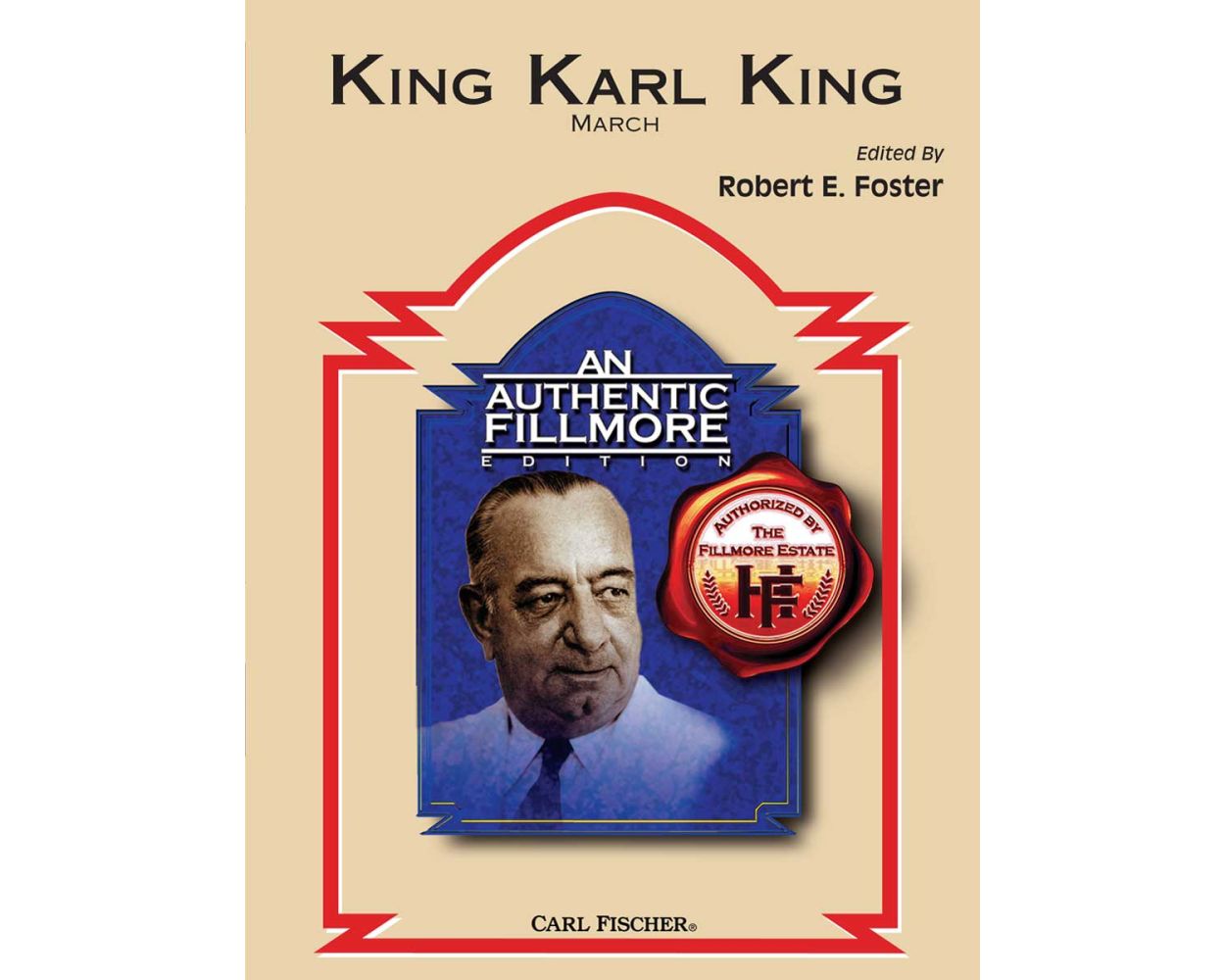 £83.00
£83.00King Karl King - Henry Fillmore
Originally written for a film (The Big Brass Band) that was never made, this terrific but little-known march turned out to be the last march that Fillmore would write. Unusually rich in harmony, it was not published in Fillmore's lifetime. He had asked that it be named after his friend and fellow march composer, Karl L. King, if the movie was not produced.
Estimated dispatch 12-14 working days
-
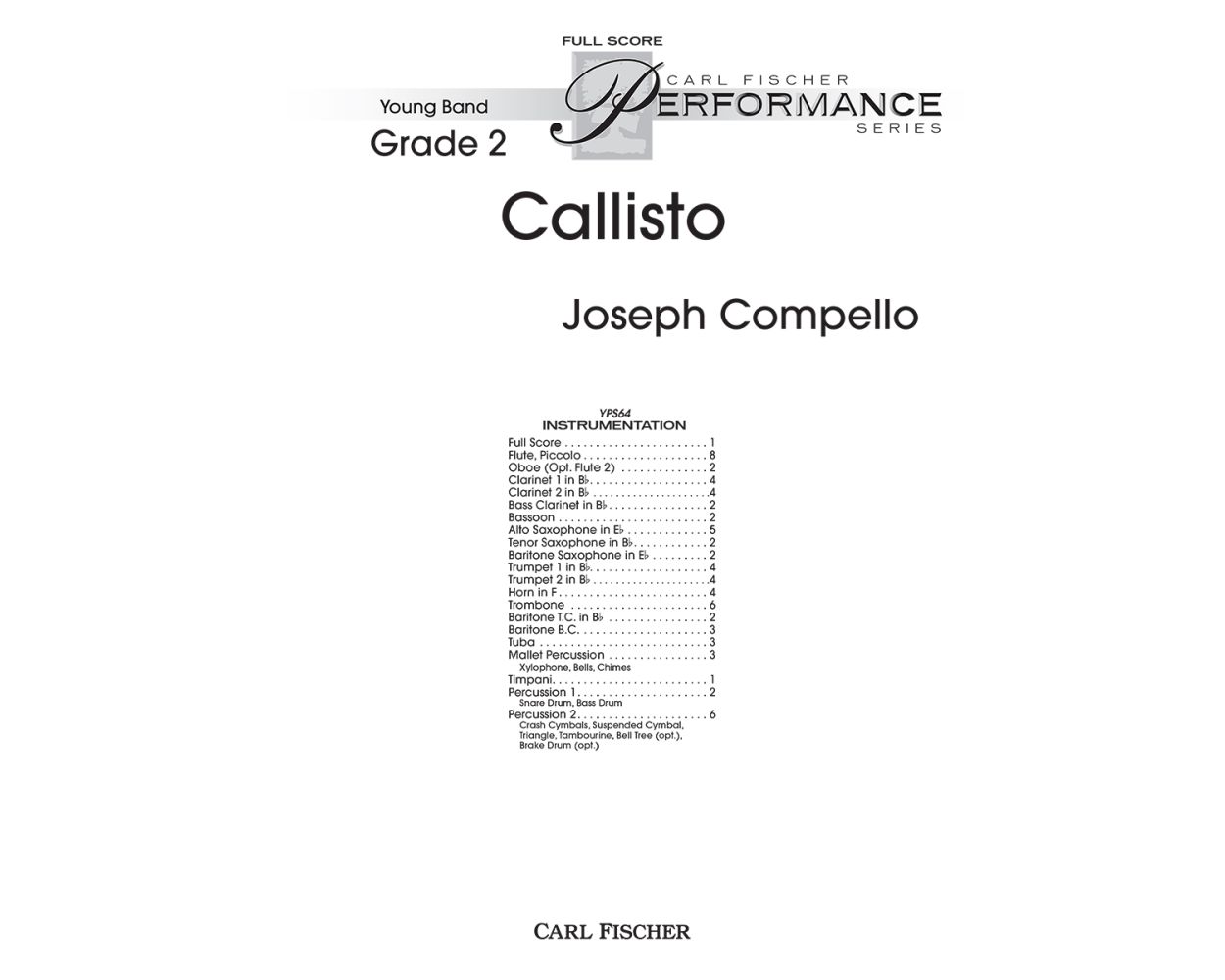 £57.00
£57.00Callisto
A winning and moderately easy concert piece that takes its name from one of the moons of Jupiter, Callisto is a vibrantly scored set of two variations on a fragment of a theme from the Jupiter movement of Gustav Holst's orchestral suite, The Planets. The characteristic flatted-7th of much English folk music is retained in both the quick opening section and the slow, reflective variation that forms the B section of this clever and appealing overture-style piece.
Estimated dispatch 12-14 working days
-
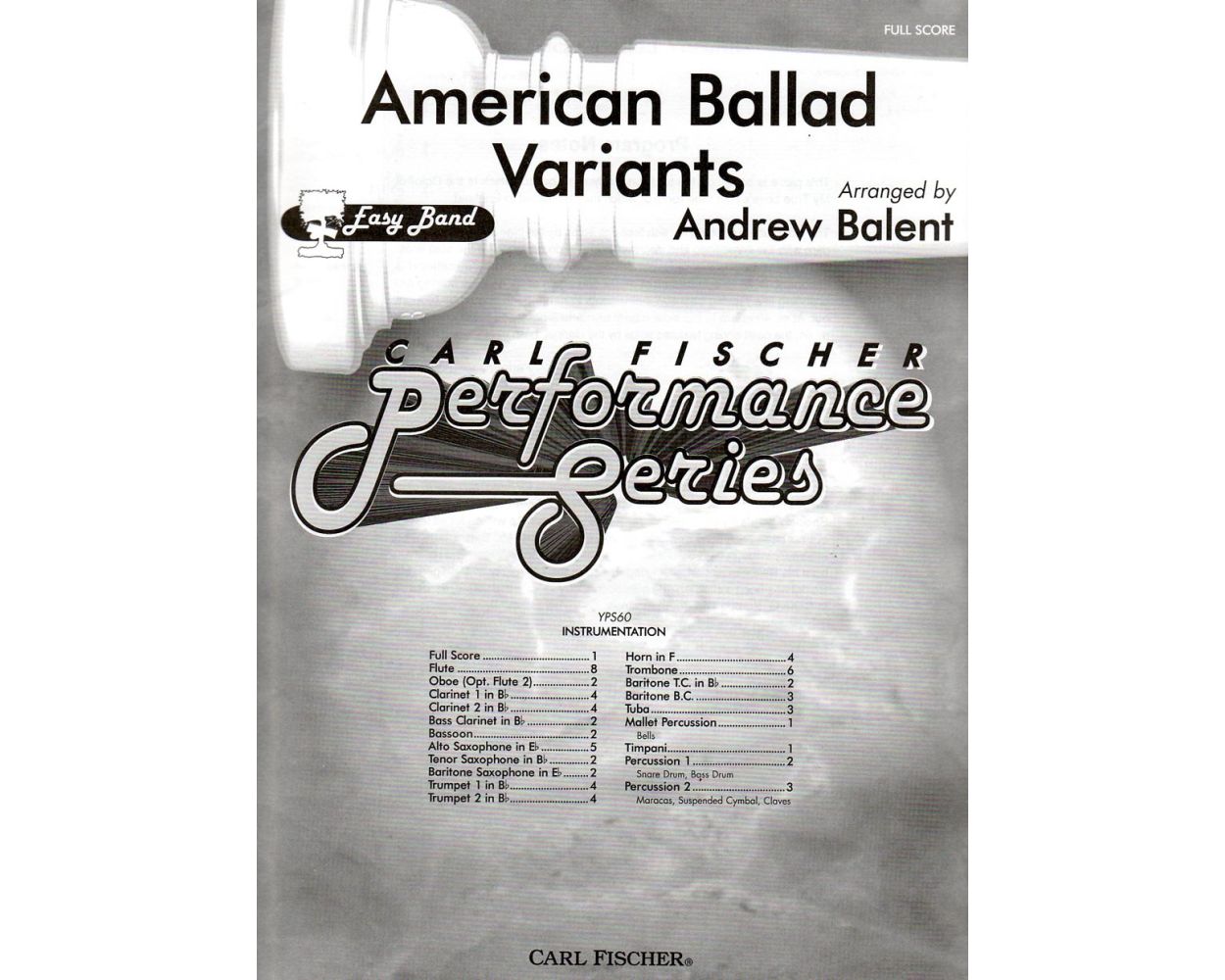 £49.00
£49.00American Ballad Variants - Traditional
A fresh and spirited treatment of the traditional American ballad Black Is the Color of My True Love's Hair, this fine piece for a developing band starts with a slow and atmospheric introduction featuring solos by flute and trumpet that hint at the tune. The main section sets the ballad to a driving Latin beat, but the slow reflective mood returns at the end with solos for clarinet, bass clarinet and flute.
Estimated dispatch 12-14 working days
-
 £44.00
£44.00Integrity
Larry Clark's music reflects a strong belief in the discipline and power of playing music as a means of encouraging character development in young people. With their strong melodic profile and the care taken in giving every section a chance to play the principal ideas, it is no wonder that even his easiest pieces have great appeal to young performers. Integrity is no exception and is an outstanding example of the Clark style at its best.
Estimated dispatch 12-14 working days
-
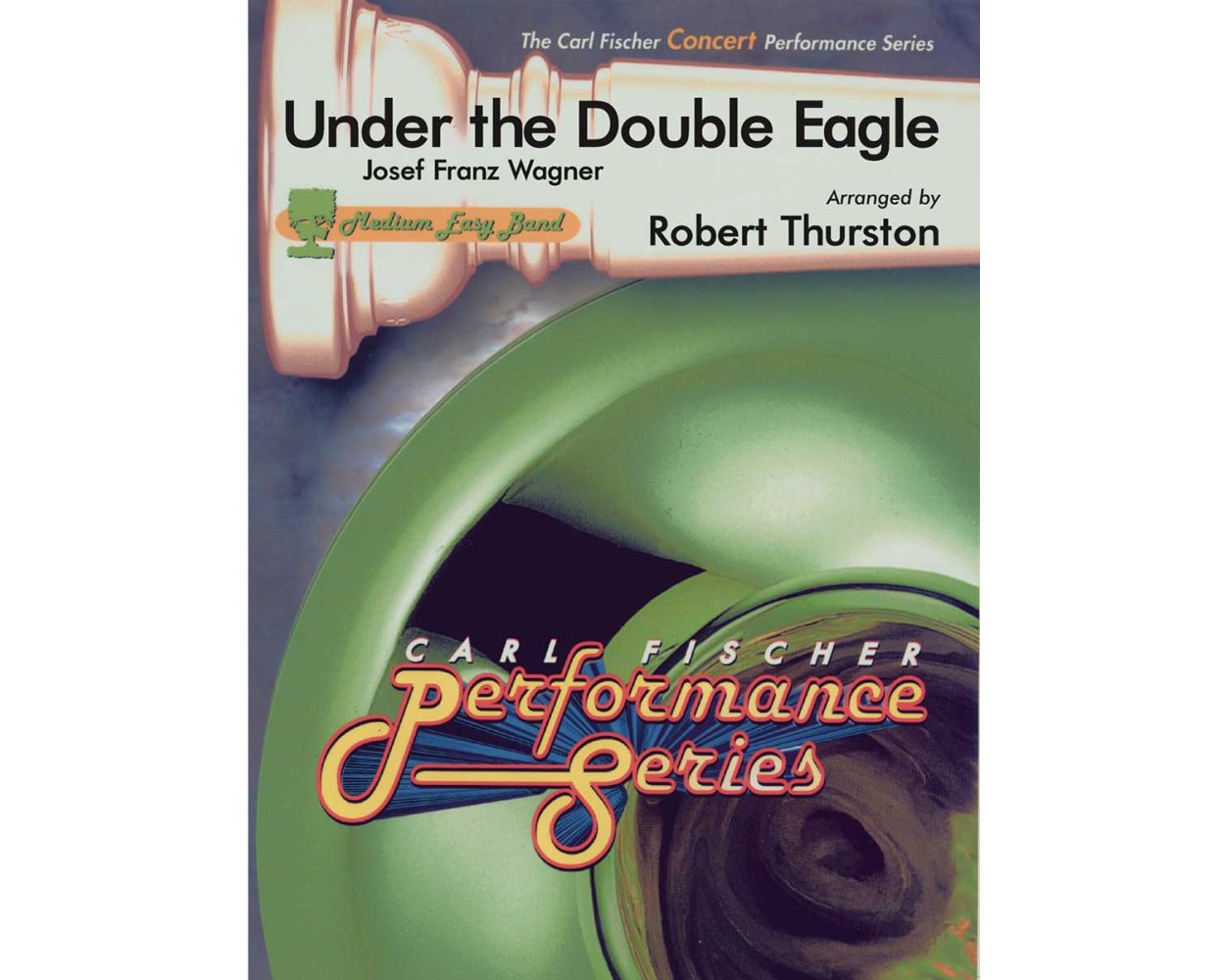 £72.00
£72.00Under The Double Eagle - Josef Wagner
Josef Franz Wagner (1856-1908) was a military bandmaster and composer known as the "Austrian March King." He wrote "Under the Double Eagle," his most popular and enduring composition, in 1902 It later became the official march of the 1st Austrian Artillery Regiment Number 2. The title refers to the double eagle in the coat of arms of the Austro-Hungarian double monarchy. America's own "March King," John Philip Sousa, liked the piece enough to record it three times with his own band.
Estimated dispatch 12-14 working days
-
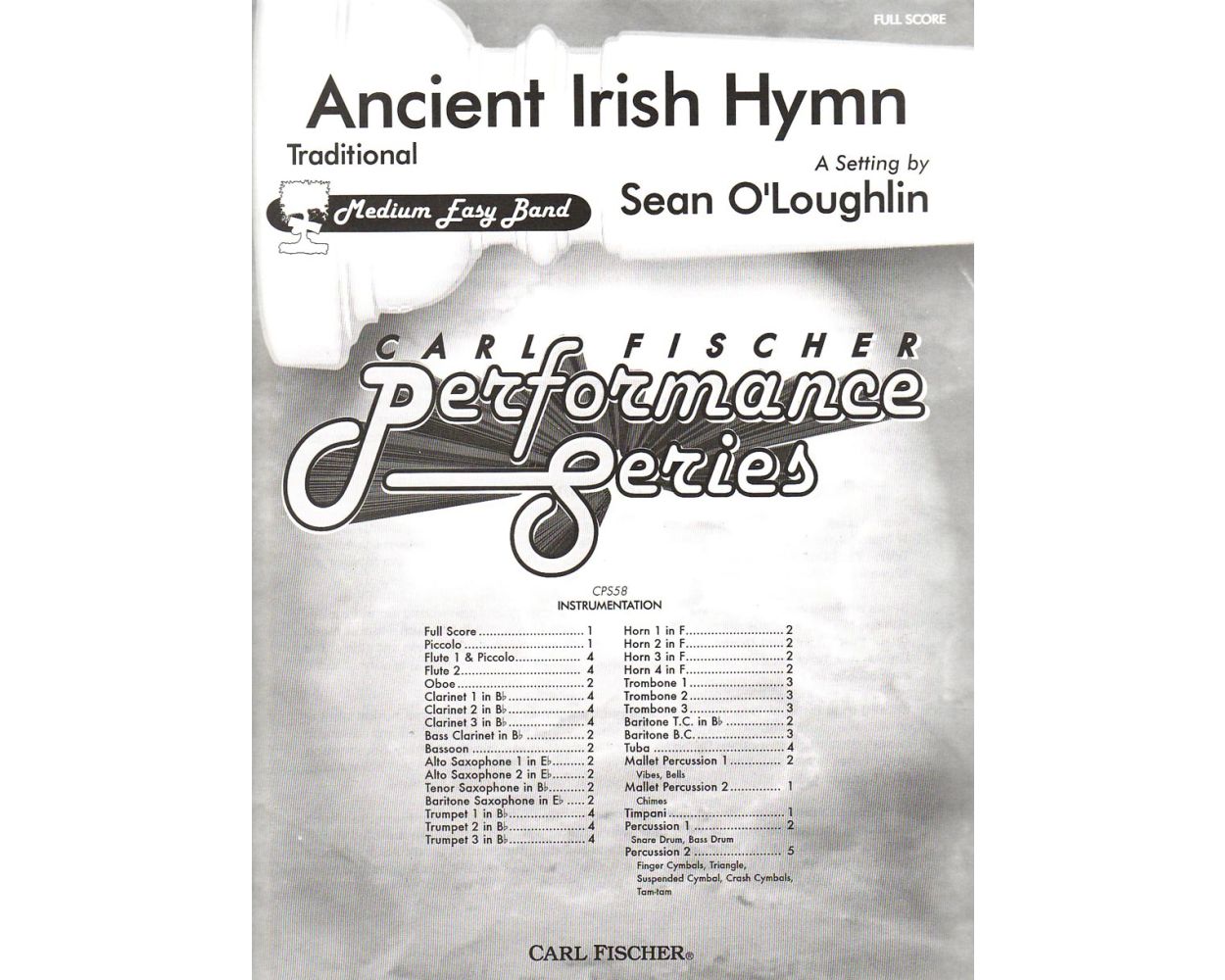 £57.00
£57.00Ancient Irish Hymn - Anonymous
Ancient Irish Hymn is based on the hymn "St. Patrick's Breastplate" written by Charles V. Stanford. Composer Sean O'Loughlin uses this heritage to create an authentic "symphonic" treatment of this beautiful hymn. It is a musical journey that is both sublime and breathtaking.
Estimated dispatch 12-14 working days
